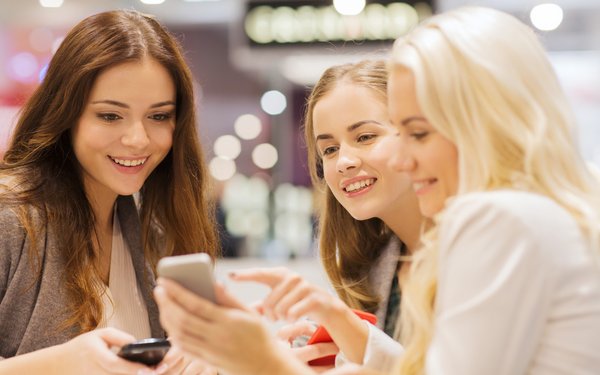Retail is starting to lean on the Internet of Things to better deal with totally connected customer behaviors.
Retailers will connect to IoT platforms more than 12 billion things, including digital signs, products and, most notably, Bluetooth beacons, by 2021, according to a new forecast.
This would be up from 3 billion last year, an increase of 350%, according to Juniper Research.
Juniper segmented the IoT opportunities for retailers into three segments:
- Customer behavior. The role of the Internet of Things here is to understand the consumer on an individual level, where previously assumptions have been made on a macro level. The idea is that this will create much-improved customer relationships and sales conversions.
- Customer experience. The aim of this segment is to insure that the consumer’s experience is satisfactory to the point that the shopper will return to the store based on prior shopping experiences. This will be driven by emerging and immature technologies playing a key role.
- Supply chain. The least relevant to marketers, but greater insights into the supply chain and more real-time information will be required to fuel the first two.
In the key segment of customer behavior, Bluetooth beacons are seen as one of the most significant developments, especially because of the relatively new Google Eddystone beacon format.
That standard allows for beacon communication with Physical Web supported Web browsers, eliminating the need to have a specific app on a phone to receive beacon-triggered messaging.
The standard already is gaining some traction in the marketplace.
Boston-based Swirl, one of the earliest and largest ad platform companies to tap into beacons, just introduced its integration with Google’s beacon registry. This created an automated way to deploy and manage large-scale proximity marketing programs.
A drag on beacon programs has been the requirements for a consumer to have a specific app on their smartphone and having Bluetooth turned in when in range of a beacon. In addition, most beacon programs were pretty much closed networks, lacking any large industry standard.
Google changes that with its new standards, with the massive Google beacon platform now connected via the Swirl marketing platform.
The Swirl integration allows non-technical people at retailers and brands to manage their location signals and in-store shopper experiences.
The beacon deployments are part of the 12 billion connected devices coming, according to Juniper.
Such technologies can contribute to new shopping experiences.
For example, customers visiting Amazon Go, at least in its current tests, can use an Amazon mobile app, pick up items throughout a store and then automatically check out when they leave the store. Customers are then billed via the app.
IoT technologies are going to significantly impact retail.
Connected shelves I saw at the recent National Retail Federation Big Show can track inventory, dynamically change prices and, with beacons included, link shoppers with products.
This is being done at a Carrefour hypermarket in France with connected lights by Philips Lighting.
Studies consistently show that consumers make most purchases in physical stores.
Thanks to the Internet of Things, much more interaction with those in-store shoppers is just around the corner.
by Chuck Martin

